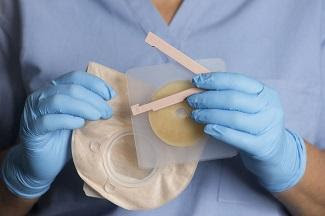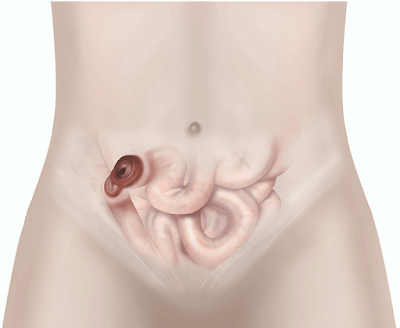This article covers how to lead an active and healthy life after ostomy surgery. Indeed, you will need to be mindful of all the aspects involved in ostomy care.

The stoma after surgery
Managing your ostomy and stoma in the first few days after surgery can be challenging, but it will be nothing more than just a learning curve. During this time, you will learn about managing waste evacuations and, more importantly, the use of ostomy pouches. You will need to stay in the hospital during your initial recovery period. During this time, an ostomy care nurse will run you through the processes of emptying and changing your ostomy pouch.
The persistent appearance of a stoma includes its red or pink color and a moist look. It protrudes a little from the surface of the abdominal skin. During the first few days after surgery, it will have swelling, which will make it a bit larger. The swelling will subside over time, and it will settle down to a permanent shape. In general, a stoma is much like the inside of the mouth.
If you have an intestinal ostomy, your stoma will not function for a couple of days after surgery. After a day or two, you will start passing out stools through it. Initially, the consistency of stools will be more liquid, but it will thicken over time.
If you have a urostomy, your stoma will start functioning immediately. The color of urine you pass out will be reddish at the start, but it will settle down to its natural color in a few days.

Going back to work after ostomy surgery
You can go back to work during the recovery time, which is a six-week period. However, you may not be fully fit to work for full hours yet. You may want to talk to your employer regarding your condition and ask them to reduce your working hours. Tell them that you may need frequent bathroom breaks during working hours. You will also need to make sure that you have all the necessary supplies to help you with the ostomy care during working hours. You may want to discuss with your coworkers to help them understand your condition.
You will also need to pay attention to your clothing if you want you to conceal your ostomy pouch from others. Generally, you will want to wear high-rise pants and little loose clothes to avoid strangling your ostomy pouch.
Socializing with an ostomy
Having to wear an ostomy bag doesn’t mean that you cannot socialize. You can move into your social circle and interact with your friends and family pretty much like you have been doing before surgery. You will undoubtedly have a few concerns regarding keeping your bag and its effects as discreet as possible, but it is just a matter of time before you will figure out the way to prevent your ostomy bag from becoming an interruption. Over time, you will become confident enough to stop thinking about your ostomy bag at all.












